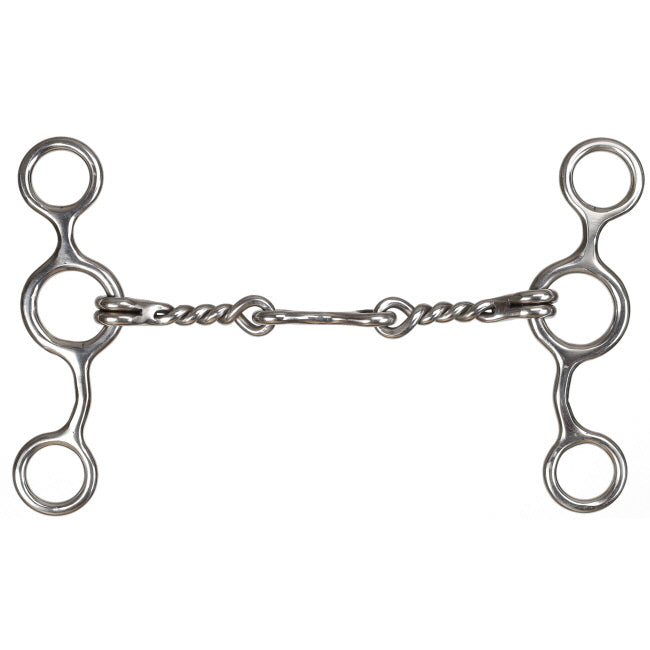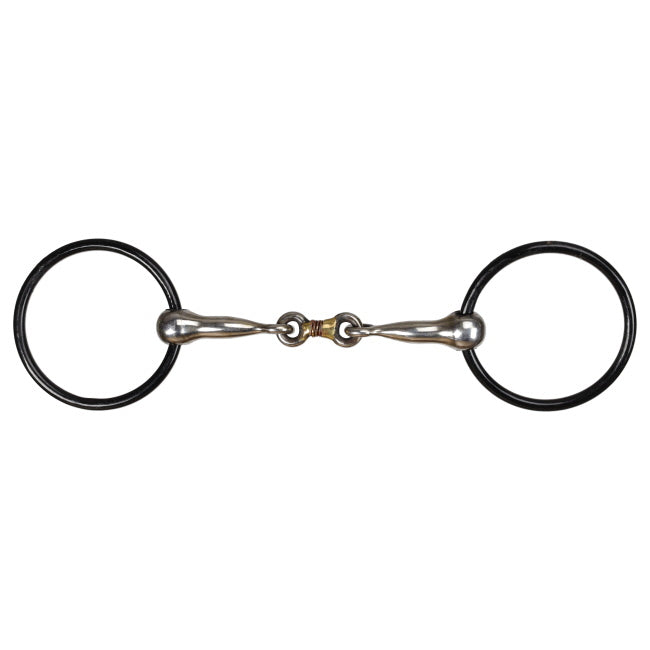Spurs are a key part of traditional Western culture and horsemanship. They are used to communicate subtly with the horse. Spurs, in some form, date back to the ancient Romans and Greeks. Spurs come in a variety of shapes, sizes, and materials.
There is significant debate over the use of spurs because they can cause injury if used incorrectly. However, spurs are still widely used today and can help a rider communicate with his horse when used correctly.
A spur is designed with a shank, rowel, and spur strap. The spur strap attaches the spur to the riding boot. Next, the rowel is the portion of the spur that rotates to apply pressure to the horse. Finally, the shank is the portion of the spur to extend the rowel near the horse.
Spur Usage
Disciplines and Styles
Different styles of spurs work better in different riding disciplines. Before choosing your spurs, you will need to understand the discipline you will be riding in. Most importantly, you will want to choose spurs that will not harm or cause discomfort for your horse.

Western riders use shorter and wider spurs. With these spurs, the rider can communicate quickly with the horse. Considering that many Western riders are at high speeds, quick communication is vital. English and dressage riders use longer and thinner spurs. The rowel is more likely to be a ball instead of a wheel. In dressage, riders are attempting to move with their horse flawlessly. Therefore, the communication needs to be subtle and refined.
Competition Regulations
Equestrian competitions have specific regulations around spurs. Before choosing your spurs, check the regulations ahead of time. Otherwise, you may face disqualification from the competition. Spurs can be limited by size, type, and length.
Spur Types
Spurs come in several sizes, including men’s, women’s, and children’s. Each size is designed to comfortably fit the width of the rider’s heel without pinching or wiggling. The length of the shank or neck further breaks down sizes.
Each spur style has unique features and uses. Here are two of the most common spur types in Western riding:
-
Rowel: Designed with a single rowel (looks like a wheel) at the end of the shank. These are the most common among beginner riders.
-
Shank spurs: Designed with a longer shank, these provide more leverage and are ideal for roping and cutting.
Selecting the Right Spurs
Spur Fit and Comfort
Spurs need to be comfortable for both rider and horse. For the rider, the spurs must fit firmly to the rider’s boot without restricting movement. Riding can be uncomfortable if the spur is too tight on the boot.
Material
Almost all spurs are made of metal. However, there are a few choices among metal materials. Most riders choose stainless steel spurs because they are easy to clean, strong, and can get wet without rusting. Other metal choices are brass and copper. These metals are softer, which is more comfortable for the horse but more challenging to clean, and tend to rust.
Spur Length and Rowel Type
As mentioned above, spurs can vary in length and type of rowel. These differences are largely discipline-specific. You will also want to consider your horse’s temperament and sensitivity to pressure. If your horse is very sensitive to leg pressure, choose a length and rowel that works best for your horse. You want a spur to communicate effectively with your horse without causing pain or injury.







